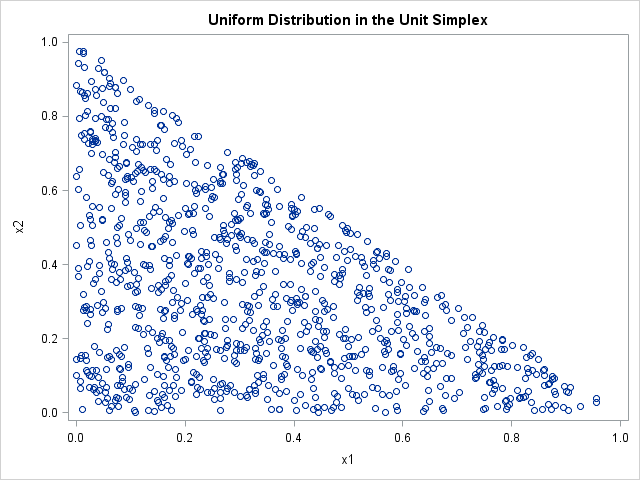
You might know about the many automatic macro variables that are available in SAS. They provide plenty of information about the SAS environment, such as the current user (SYSUSERID), the SAS version (SYSVER and SASVLONG), and the operating system where SAS is running (SYSCP and SYSCPL). That information is often


































